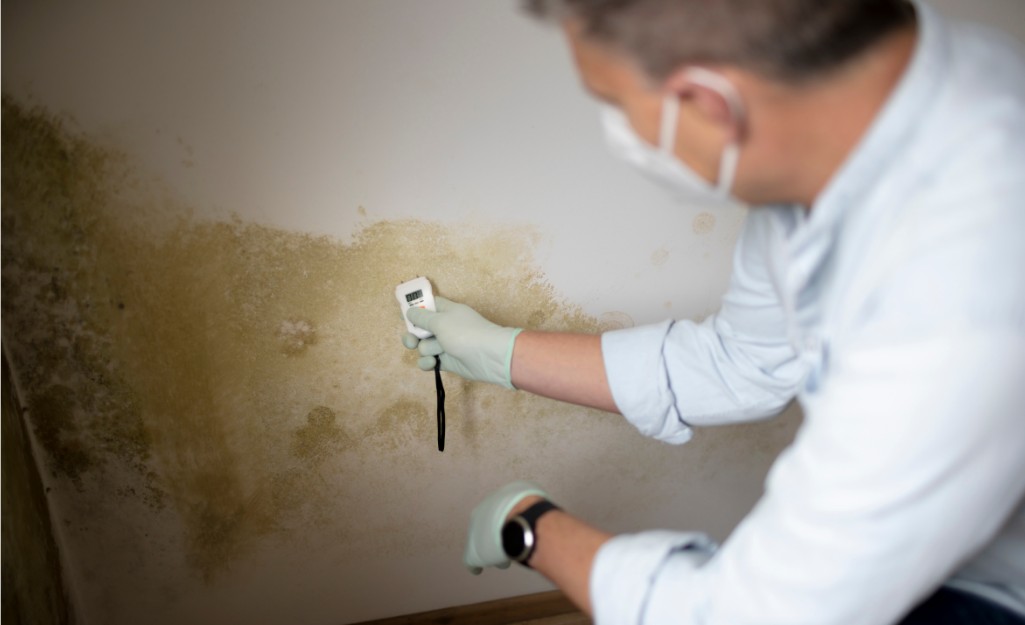Presented here below you can get a bunch of brilliant data concerning Preventing Water Damage in the Bathroom.

The bathroom is incredibly susceptible for damp build-up and also potential water damages as a result of the constant use water in it. This short article uses straightforward evaluation methods to assist detecting water damages threats.
The frequent use of water in the shower room makes it very vulnerable for moist build-up as well as possible water damages. By examining it frequently, you can lower water relevant damages.
The complying with collection of inspections is easy to do and also need to be done once in every three months in order to keep your washroom in good shape and also to prevent prospective water damages triggered by the tub, the shower, pipeline joints as well as plumbing, sinks, cabinets, and also the toilet
Do not neglect performing these evaluations as well as be thorough while performing them. Keep in mind that these simple evaluations can save you a lot of money by offering early indications for water damage
Bathtub and Shower
The shower and tub need special focus and also upkeep. Examine the floor tiles as well as change if split. Ensure that there is no missing cement in between the floor tiles. Check as well as replace cracked caulking at joints where the walls fulfill the flooring or the bath tub. Blocked drains and pipelines issues will stop the tub from drying out and also might suggest serious problems under the bath tub. Talk to an expert immediately to stop architectural damage. Pay attention to stainings or soft locations around the tub walls as they might suggest an interior leak.
Plumbing
Signs for water damages are difficult to spot since the majority of pipes are set up inside the walls.
Pay unique interest to flooring as well as walls dampness and discolorations as they might indicate an invisible plumbing issue. Examine wetness levels in adjoining areas too.
Sinks as well as Cabinets
Sinks and also cabinets are revealed to moisture and also moisture day-to-day and also are usually neglected. Examine consistently under the sink as well as on the countertop above it. Repair any kind of drip in the trap as it might suggest drainpipe issues. Check out the sink, sluggish draining pipes might indicate an obstructed drain. Replace sink seals if they are split or loose.
The Toilet
The bathroom is a vulnerable water junction. Examine the water lines as well as look for leaks around the commode seat, in the hose pipe, and also under the water tank. If you find any indications of wetness on the flooring around the toilet, check for leaks in the toilet rim and also tank seals.
Understand that hanging bathroom dish antiperspirants raises the chances for clogs.
Water Damage Signs In The Bathroom To Avoid Cleanup
Musty smell
This is one of the easiest signs to catch because musty smells are so odorous. The damp, earthy, moldy smell should be a big red flag. The smell will develop when moisture gets trapped in surfaces, and begins to facilitate mold growth. Leaking pipes under cabinets, inside walls, and behind shower fixtures will cause moisture to stay trapped and not dry, which will lead to mold growth and spread. As soon as you notice any musty smells in your bathroom, have it checked for hidden water damage and cleanup signs.
Visible mold
If the smell isn’t there to give it away, sometimes you will actually see mold growth. Finding mold in your bathroom is a serious problem, because mold is very harmful to your health. By the time mold growth is visible, it also means that water damage has already occurred and been present for some time. The only way the mold problem can be resolved is to find the source of the moisture and get it stopped. To safely and adequately remove mold, you need to have professionals handle the remediation. Do not waste any time in getting mold problems addressed, fixed, and sanitized so that you can protect you and your family from the many respiratory symptoms caused by mold exposure.
Damaged floors
Bathroom floors should be able to withstand some exposure to water while still remaining in good condition. However, when excess exposure or water leaks occur, they will begin to damage even the most water-resistant flooring. If you notice any cracking, bubbling, staining, or warping on your bathroom floors, there is probably a water leak somewhere causing the distortion. If you notice areas of the floor have become softer, or even have a spongy feeling, there is probably damage to the subfloor. Subflooring is typically made up of plywood. When plywood is exposed to water or moisture, it will absorb it. Once it has become saturated, the weight of the excess water will cause the wood to swell and soften. Check the floors in your bathroom frequently to catch any of these sings before they lead to damaged subflooring.
Changes on walls
When water leaks behind walls, it will cause changes in the drywall. Peeling plaster, blistering paint, and soggy wallpaper are all good indicators that excess water is building up behind the wall. Water leaking behind drywall will cause it to swell and be soft to the tough. If you start to notice gaps along the trim of your walls, or where tile meets the wall, it could also be a strong indicator that there is a leak behind the wall. Any changes, distortion, or damage on the walls should be evaluated as soon as you notice it to prevent further water damage and cleanup.

I am just very serious about Preventing Water Damage in the Bathroom and I really hope you liked our page. Do you know about another person who is occupied with the niche? Please feel free to share it. Bless you for your time. Visit us again soon.
Schedule And Pricing